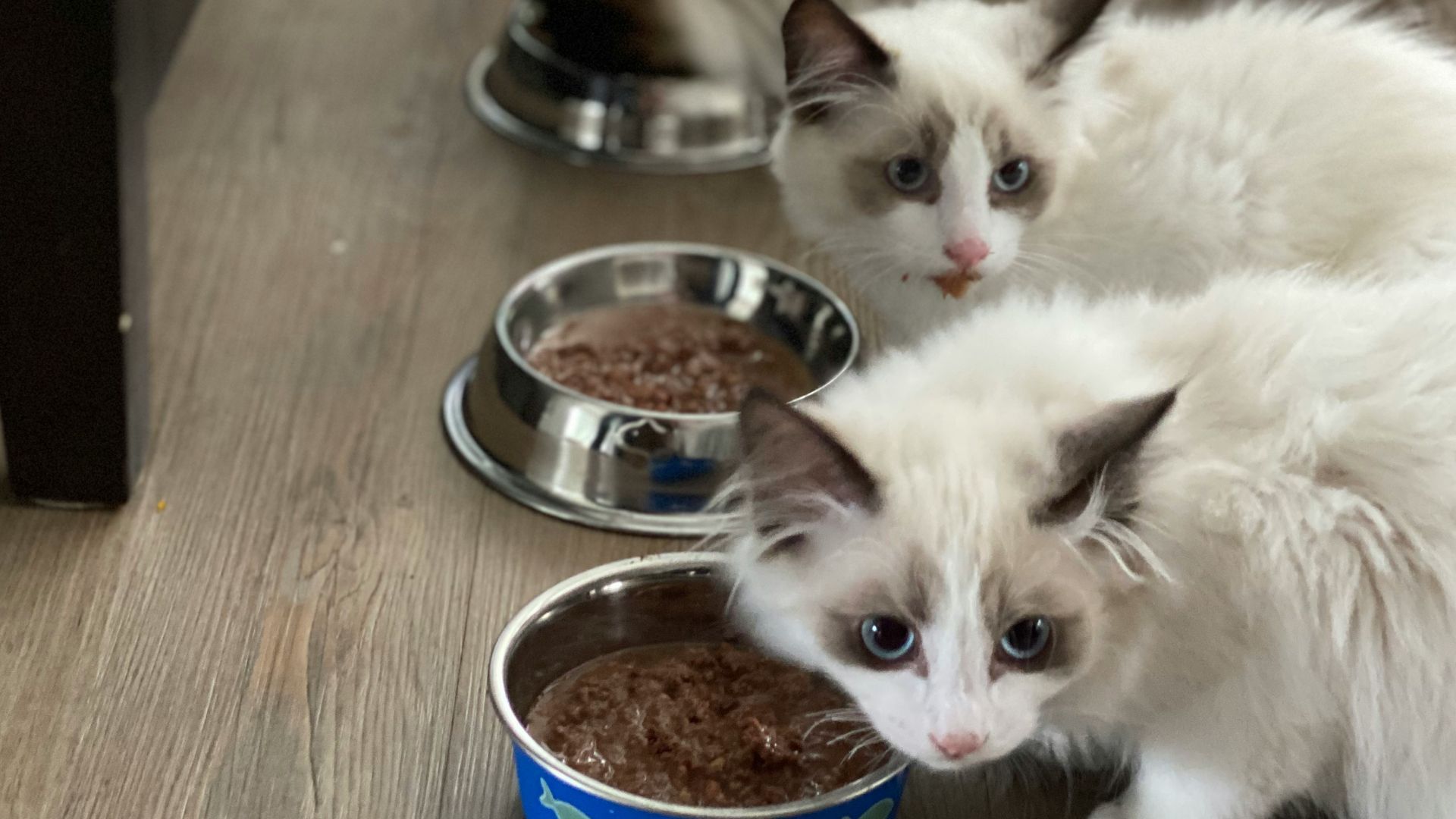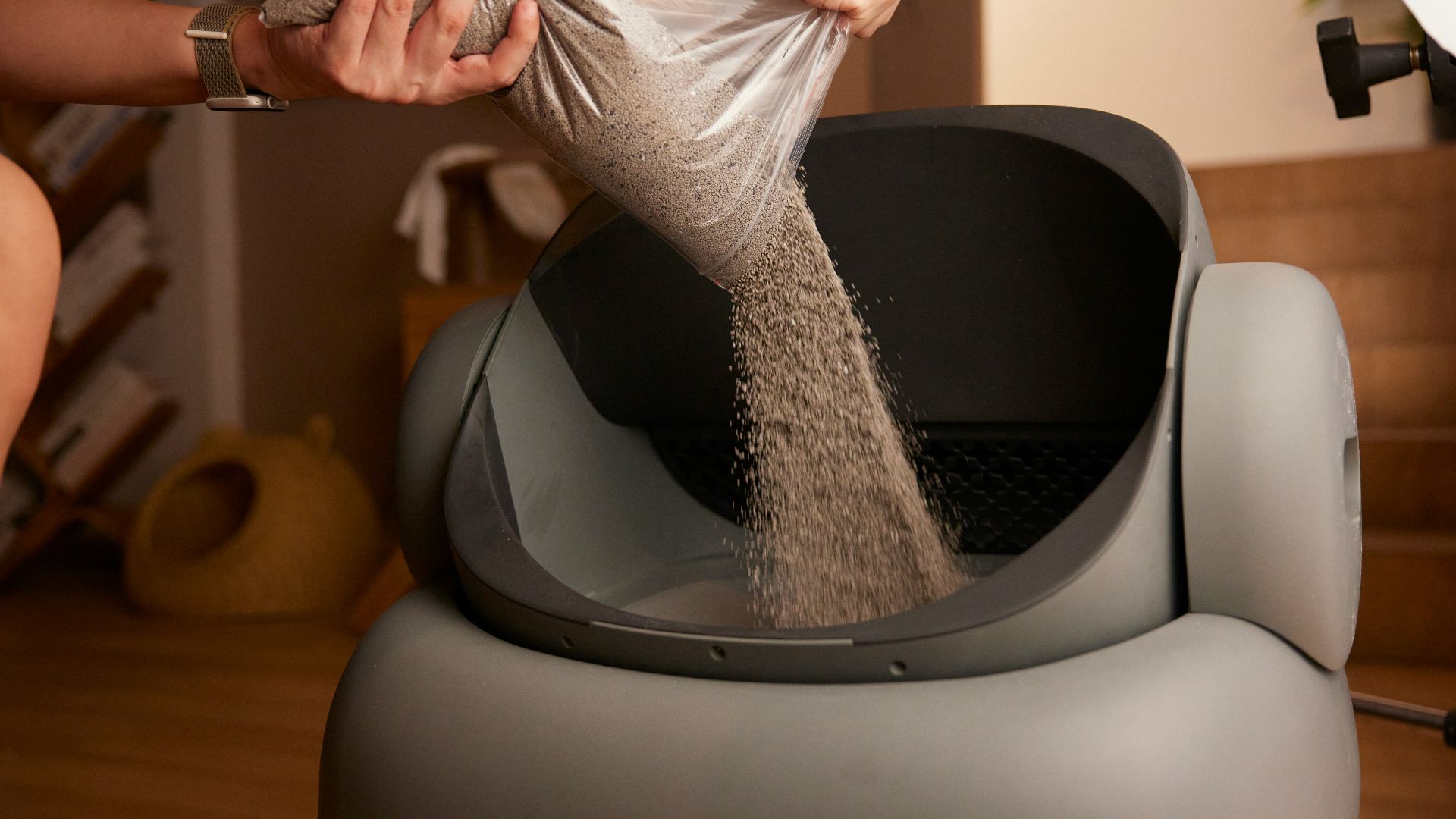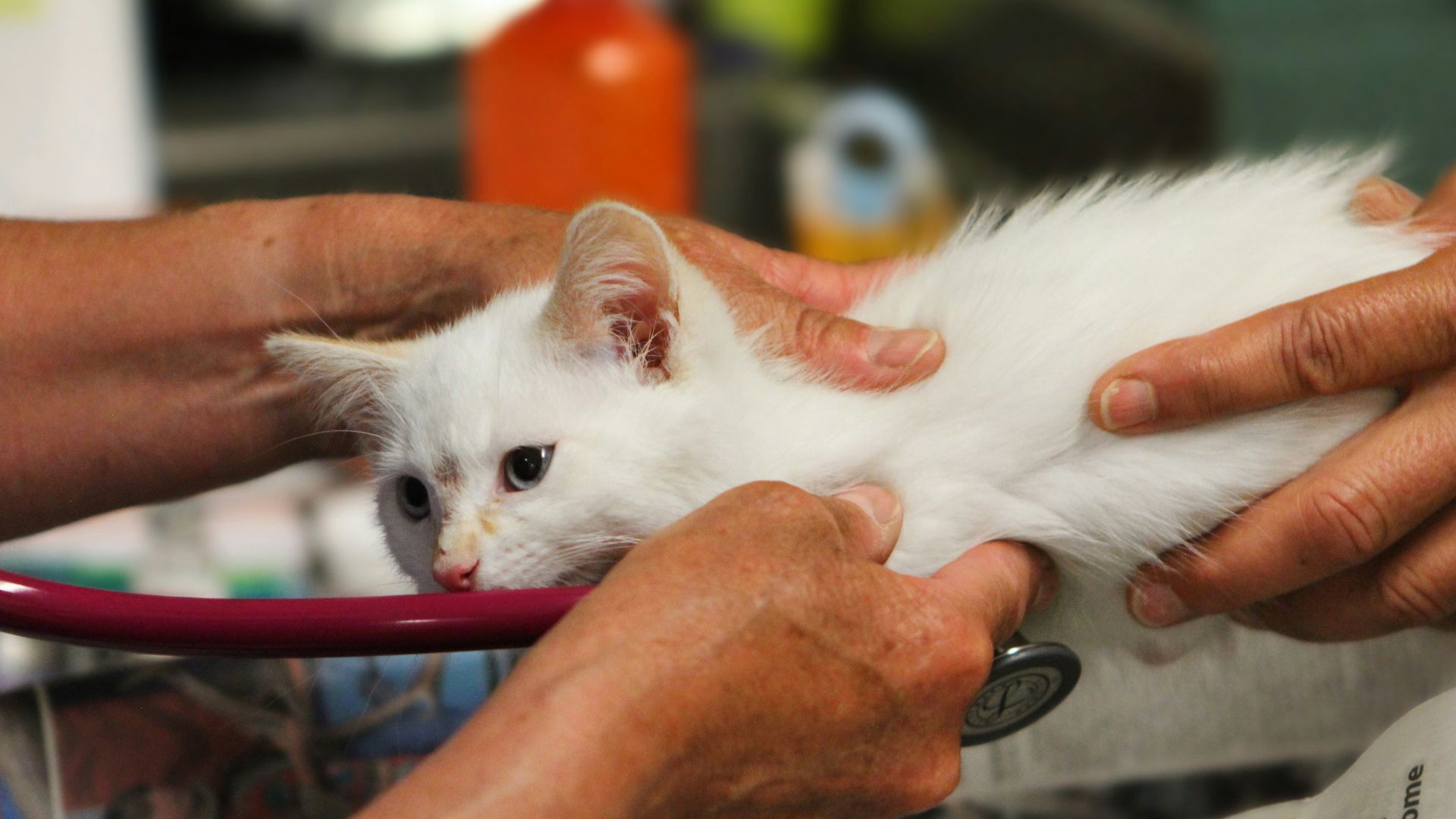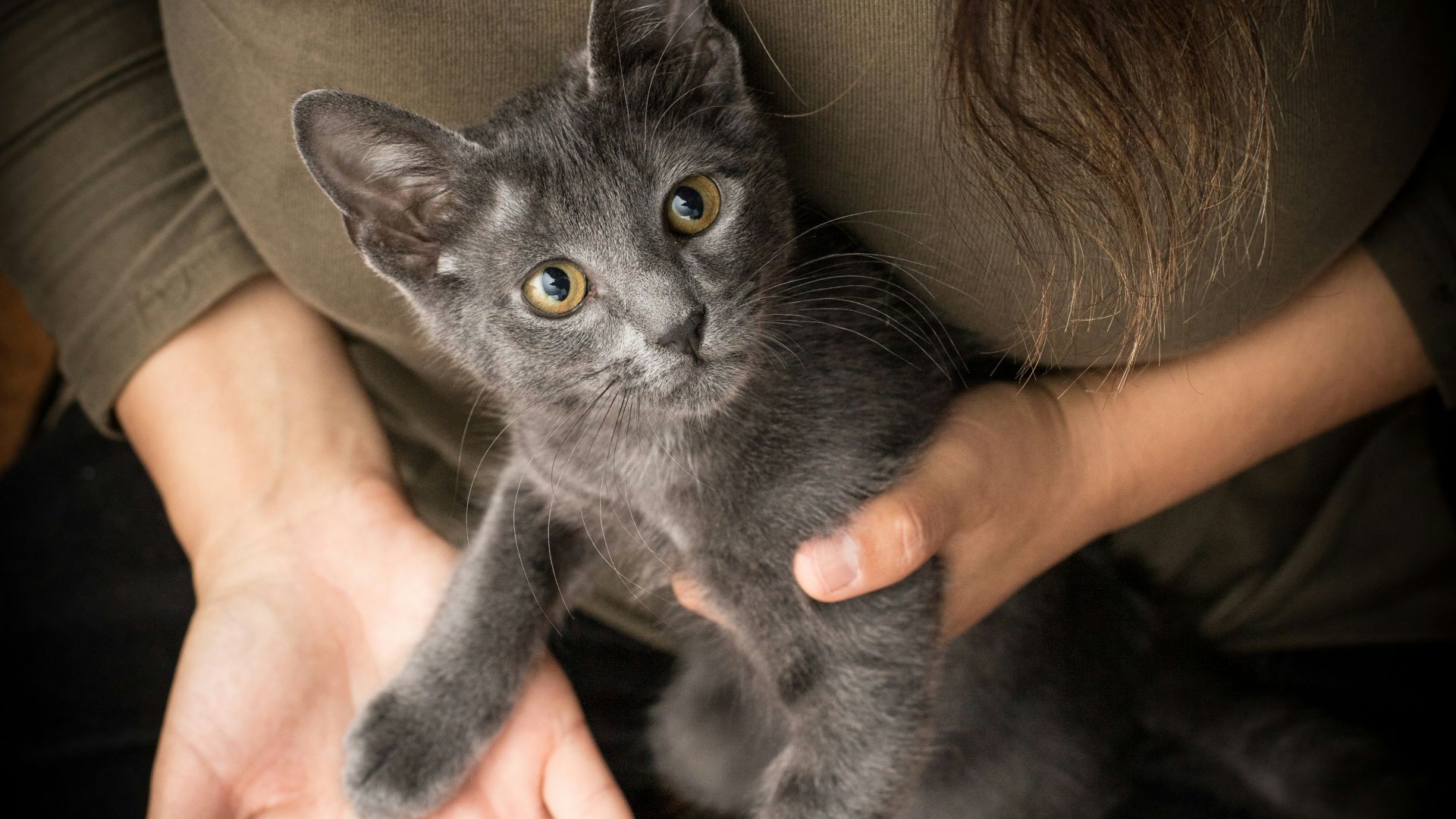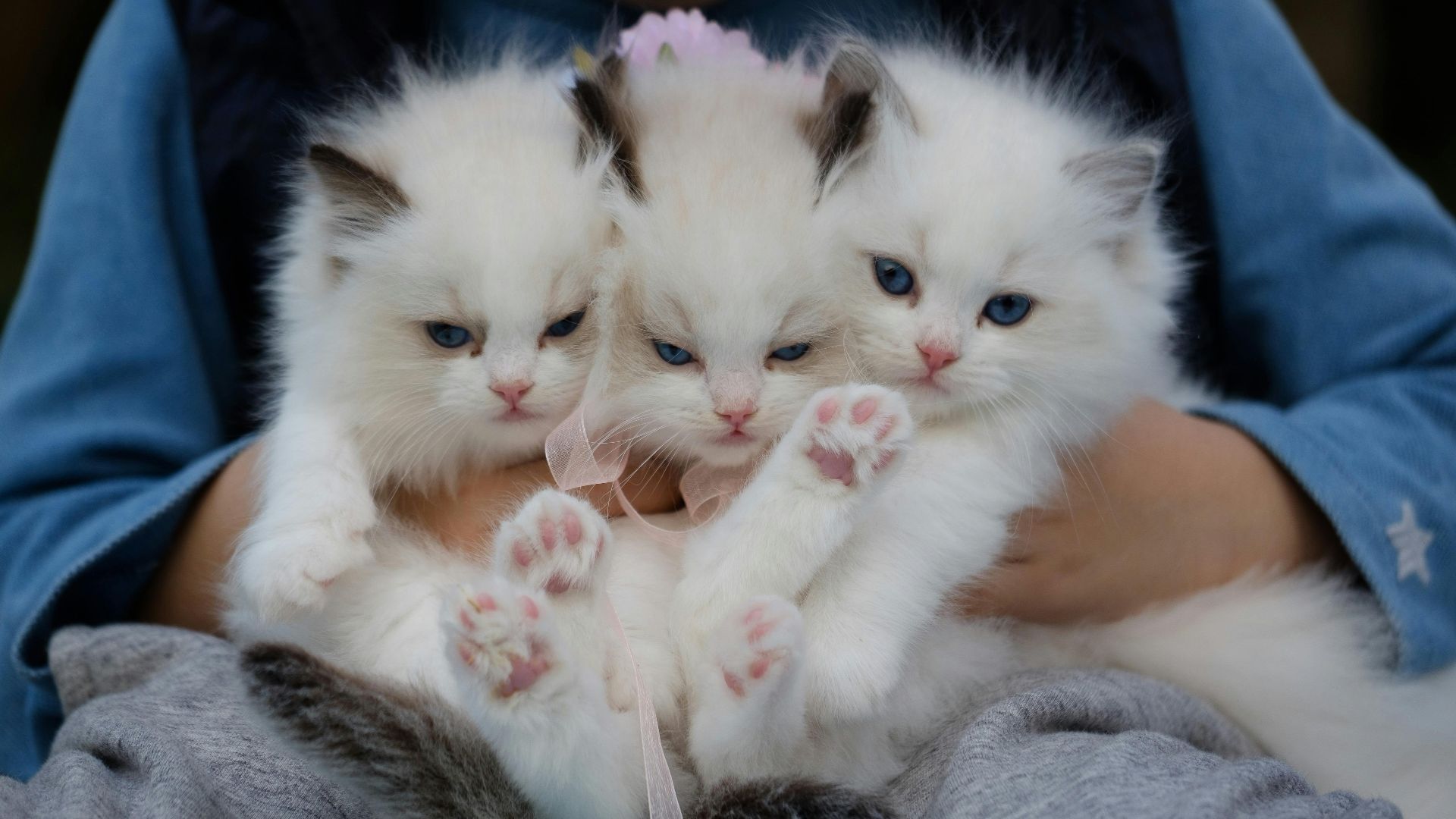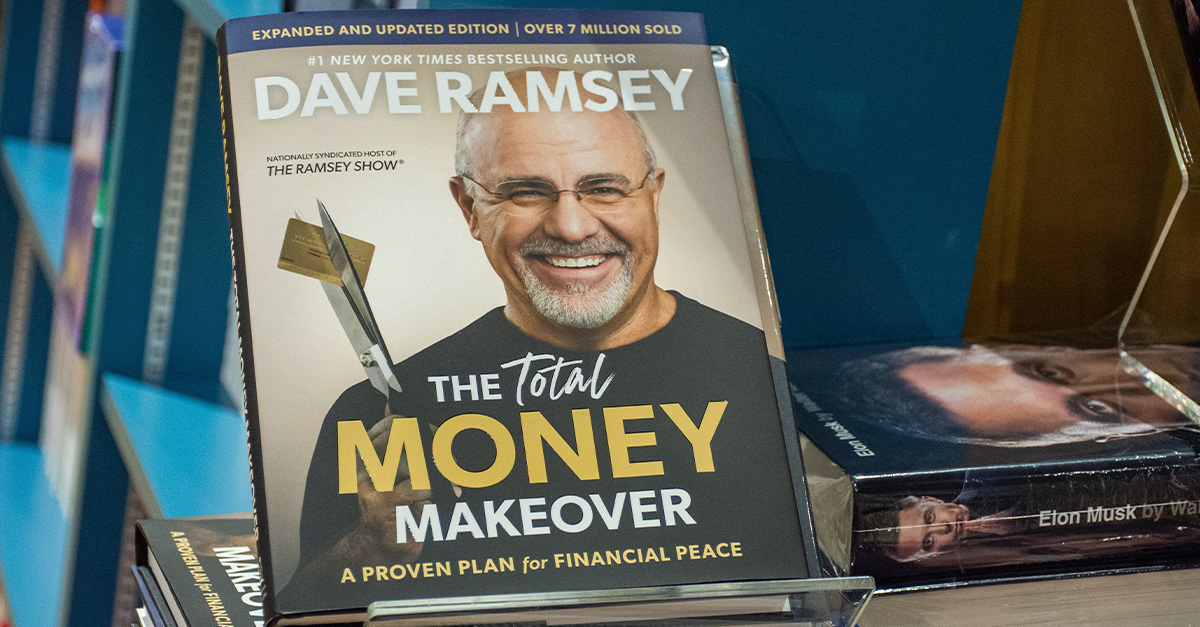A Yoga Studio With Cats? Sounds Like A Great Business. But What Happens When It All Goes Wrong?
When I first dreamed up the idea of a cat yoga studio, I imagined peaceful stretches, purring companionship, and a quirky business that would practically market itself. What I didn’t imagine was the mountain of bills that would follow—mostly for things I never even considered when I wrote my first budget. Cat food, litter, cleaning supplies, and unexpected vet visits quickly outpaced the money I was making from classes, leaving me staring down credit card statements I couldn’t keep up with. My dream business had turned into a debt trap, and I had to figure out how to climb out.
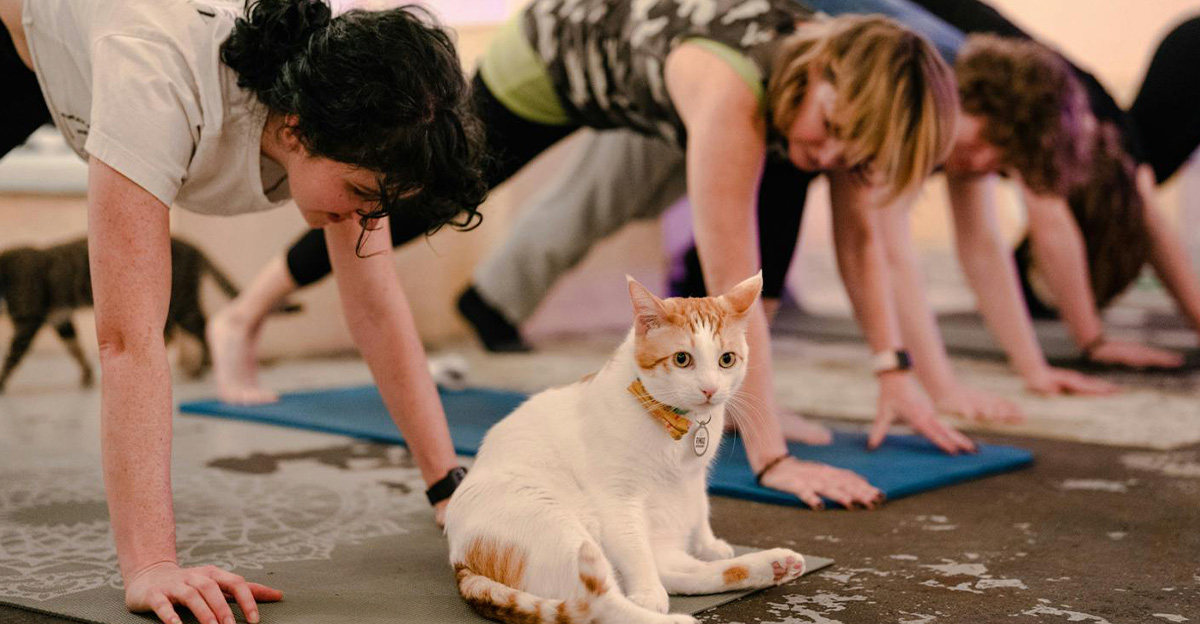
The Dream That Started It All
I wanted to combine two of my favorite things: cats and yoga. The idea of a cat yoga studio felt brilliant—people could stretch, relax, and cuddle with purring companions. It seemed like a win-win for wellness and happiness.
The Business Launch High
When I opened my doors, enthusiasm poured in. Classes booked quickly, social media buzzed, and I felt like I had found the perfect niche. I thought I had cracked the code to a fulfilling and profitable business.
What I Didn’t See Coming
But what I didn’t plan for were the less glamorous realities of caring for a dozen cats every single day. I budgeted for yoga mats, rent, and marketing—but not for what the cats needed most.
The Hidden Cost Of Cat Food
A healthy cat eats about $25–$40 worth of food per month. With 12 cats, I was spending roughly $400 a month on kibble and wet food alone. Add in the picky eaters and “premium” diets, and that number climbed closer to $500 monthly.
Litter: The Silent Money Drain
Each cat goes through about 20 pounds of litter per month. At $15 per 40-pound bag, I needed at least 6 bags monthly, which came out to about $90 a month. The real cost wasn’t just money—it was the endless scooping, hauling, and time it demanded.
Cleaning Became A Full-Time Job
Cats shed. They scratch. They sometimes miss the litter box. Disinfectants, vacuums, mops, and lint rollers added up to somewhere between $100 and $150 per month. Hiring professional help for deep cleaning once a week would have cost another $300 to $400, but I hadn’t budgeted for it—so I tried to do it all myself.
Customers Notice The Mess
The charm of cats wears off if the room smells like a litter box. I received comments, and even a few complaints, about the cleanliness of the space. Without investing in extra cleaning, I was risking my reputation.
 Lies Thru a Lens , Wikimedia Commons
Lies Thru a Lens , Wikimedia Commons
Vet Bills Sneak Up On You
Even healthy cats need shots and checkups, and a single vet visit can run anywhere from $75 to $150 per cat. With multiple animals, emergencies and surprise illnesses turned into $500 or more overnight. I had no emergency fund for that.
Debt Piled Up Faster Than Revenue
While I focused on keeping the business alive, expenses outpaced income. On average, my cat-related costs were around $800 to $1,000 per month before rent, insurance, or marketing. Credit cards covered the gap, but balances grew, and interest alone added another $100 monthly.
 Photo By: Kaboompics.com, Pexels
Photo By: Kaboompics.com, Pexels
When Passion Meets Reality
It was crushing to realize that my dream business was hurting my finances. I loved the cats and the concept, but without proper planning, I was slipping further into debt every month.
What I Learned About Budgeting
The biggest mistake? I only budgeted for the fun parts—like branding and class scheduling. I didn’t budget for the essential, ongoing costs that make a cat yoga studio actually function.
 Photo By: Kaboompics.com, Pexels
Photo By: Kaboompics.com, Pexels
The True Cost Of Running With Cats
Looking back, I now know that cat food can easily run between $400 and $500 per month, litter costs another $90 per month, cleaning supplies fall in the $150 range but professional cleaning could double or triple that, and basic vet care requires at least $75 set aside for each cat every month. Together, those expenses rivaled my rent.
Seeking Financial Help
When the numbers stopped adding up, I finally reached out for help. A financial coach had me write down every recurring cost. Seeing the $1,200 in monthly cat care costs on paper was a wake-up call.
Facing The Hard Questions
The financial coach asked me a blunt question: Was I running a yoga studio with cats, or was I running a cat shelter with yoga mats? The reality leaned closer to the latter.
Trimming The Business Model
We explored options together. Could I limit the number of resident cats? Could I partner with a local shelter to foster cats temporarily, so I wasn’t responsible for long-term food and care costs? Those conversations shifted my perspective.
Community Partnerships Saved Me
I reached out to a local rescue, and they loved the idea of cat yoga as an adoption event. Instead of supporting all the cats myself, I began hosting weekend adoption classes where the shelter supplied the cats. That one shift slashed my monthly costs by over $1,000.
Turning A Loss Into A Lesson
That partnership cut my costs drastically. My debt stopped growing. And best of all, customers were still happy because they got the cat yoga experience they came for—without me personally feeding or cleaning up after 12 cats.
Lessons For Fellow Entrepreneurs
If you’re launching a niche business, don’t just budget for the dream. Budget for the unglamorous necessities. Cleaning supplies, insurance, and hidden costs often matter more to survival than branding or décor.
The Emotional Side Of Debt
Debt isn’t just numbers—it’s emotional. Every time I bought more cat food on credit, I felt guilt and shame. It took me months to separate my worth as a person from the mistakes in my business plan.
Building A Smarter Plan
Now, I create two budgets for any business idea: one for the exciting stuff and one for the boring-but-essential costs. If both don’t balance, the business idea isn’t ready yet.
Finding Peace With My Mistakes
Looking back, I don’t regret trying. I regret not planning. But debt taught me discipline, humility, and the importance of facing numbers early instead of running from them.
My Advice To You
If you have a wild, wonderful business idea—go for it. But before you launch, budget not just for the dream, but also for the cat food, the cleaning, and all the hidden costs you can’t post on Instagram. Your future self will thank you.
You May Also Like:
The Weirdest Shark Tank Products
HR Experts Are Begging Young Employees To Avoid These Unprofessional Behaviors At Work





